Introduction
Parenting can feel like a long and bumpy road, especially when discussing the topic of bullying. You may feel your heart rate go up as there is a great deal of responsibility when navigating bullying as it happens whether we like it or not.
Whether it is in the lunchroom, the halls of the school, or on the internet, each bullying experience may cause emotional damage that can last years. It’s essential to know how to identify a bully to help protect your child from one or recognize early if your child is the bully.
Table of Content:
This article is part of The Anti Bullying Guide article series
Chapter 1: How to Identify a Bully: The Ultimate Guide (You are here)
Chapter 2: Bullying Facts: Guide for Parents and Educators
Chapter 3: Examples of Bullying
Chapter 4: Why do Kids Bully?
Chapter 5: How To Deal with Bullying
Chapter 6: How To Stop Bullying
Chapter 7: Effects of Bullying and Cyber Bullying
Chapter 8: Stop Bullying Websites: Online Resource List
Know the Facts about Bullying
Our job as parents is to protect our children, and it’s one that we don’t take lightly. Conflict among peers naturally occurs; it becomes a hard situation to deal with when the situation escalates to bullying. Whether your child faces teasing or physical harm, it is essential to discuss the situation calmly and learn about the fact.
Often, the roles of the bully can change to the victim, and vice versa. While physical abuse is typically easy to spot, mental abuse either in person or via social media is harder to track. Having the facts from a variety of sources can help decipher the truth.
First, ask your child for their side of the story. As they retell their experience, keep your emotions in check and let them give you the details in their way. Then, talk to teachers, coaches, or other adults so that you can get a better overall idea of the problem.
Personality Style of Bully Kids
Picking a bully out of a crowd is not an easy task, so it is necessary to broaden your perspective. While most bullies exhibit specific indicators, some, at times, have subtle traits. There is no one stereotypical type of bully like you see on TV or at the movies. Instead, they can range from the class loner to the person considered a popular student.
- Most are aggressive and enjoy the experience of being the dominating person.
- When taunting or abusing their victim, they lack any feelings of guilt towards their actions.
- You may find that this child has an unrealistic opinion and expectation of how the world should revolve around them, their wants, and their needs.
- They pick on kids that are different from them – specifically focused on their social class, how they dress, or appearance
- Recruiting others to exclude a child from the social circle
Many times, bullies have role models that are often aggressive, whether it is their parents, entertainment star, etc. Their reasoning for this behavior change could be for revenge, or they may resort to this type of behavior in efforts to deflect the attention off of them and not become a target for someone else.
Additionally, kids may use bullying as a tool to get what they want on their terms.
Difference In Gender
There is a contrast in how a girl bullies her victim versus a boy. Be aware that any name-calling is occurring. While it is easier to spot outward aggression such as yelling, punching, etc., bullies can use alternative methods to abuse a classmate. They can decide to damage your child’s social status or their relationships within the social circle.
Don’t Overlook the Polite Kids
If you meet a friend of your child that is overly polite – pause and examine the relationship. For example, some bullies appear perfect in appearance, academics, and social standing in front of parents, teachers, and adults.
They then use that trust to their advantage. Pay attention if a friend is overly perfect, as they may be manipulating your child when you leave the room.
Authority Issues
If you find your child’s friend has issues with any authority such as teachers, parents, or employers, you may be dealing with an aggressive bully. Be on the lookout for any sarcastic remarks or talking back to someone older.
Drama and Shaming
Have you found that your child’s life has been taken over by drama? Bullies use that diversion as a distraction to create stress and strain amongst their social circle.
Their tactics can include being a fake friend, spreading rumors, and cyberbullying. While drama amongst groups of friends is an ordinary sign of growing up, the extensive drama is not.
If your child brings these situations up consistently, do a little digging. A bully or a group of bullies is the reason for most of these problems.
When Your Child Is the Bully
We love our children and never want to receive a call from school that our child is a bully. This reality can be harsh for parents, and these feelings may bring on worry, stress, and defensiveness into the situation.
Our children can make a mistake, and that’s normal. If this happens in your family, see if your child struggles to communicate with their friends that they have a problem correctly, are fearful, or feel vulnerable in a situation.
The Warning Signs of a Bully Victim
Not all children who experience bullying show any warning signs. Recognizing these changes within your child’s social group, however slight, is the first step in solving the problem.
Bullying is an issue that no parent should ignore and left unchecked. Gone are the days when bullying is just a little shoving on the school bus.
Now it can involve violent threats, loss of property, and even something more dangerous – someone getting hurt. If you can tell that your child or another child is a victim of bullying, make sure to seek help right away.
Communicate With Your Child
If you want to help prevent bullying, then strive to keep an open line of communication with your child. Create an environment in your home that is a place of respect and empathy for the constant changes to your child’s social and mental well-being. How you respond to bullying is imperative, so your child feels like your home is a safe place.
Your Next Step to Prevent Bullying
It is natural to want the bullying to stop immediately. If you have not faced this life-changing situation with your child yet, start talking to your son or daughter now to help prepare them for the future.
Building these open lines of communication early and equipping yourself with the best knowledge is the best step forward as a family.
Table of Content:
This article is part of The Anti Bullying Guide article series
Chapter 1: How to Identify a Bully: The Ultimate Guide
Chapter 2: Bullying Facts: Guide for Parents and Educators (You are here)
Chapter 3: Examples of Bullying
Chapter 4: Why do Kids Bully?
Chapter 5: How To Deal with Bullying
Chapter 6: How To Stop Bullying
Chapter 7: Effects of Bullying and Cyber Bullying
Chapter 8: Stop Bullying Websites: Online Resource List

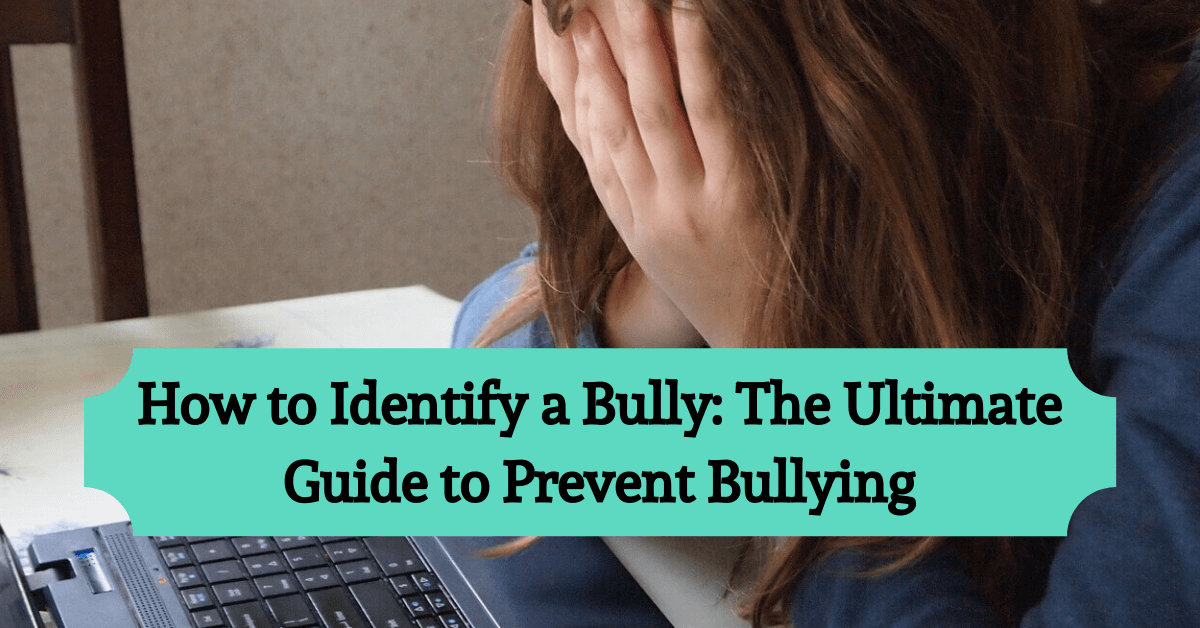
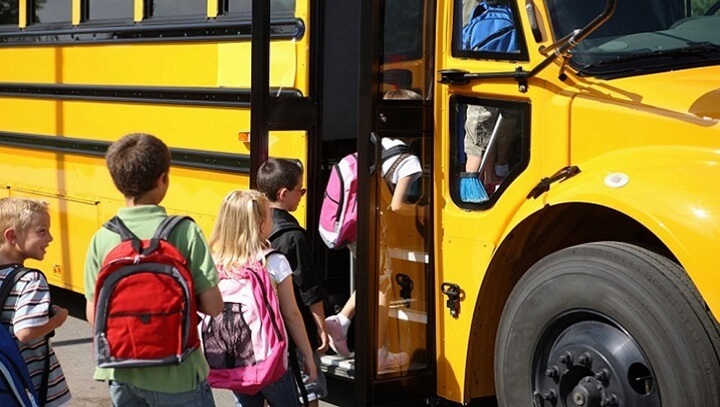






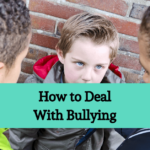
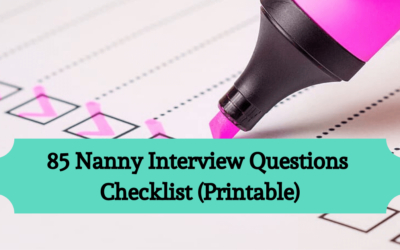
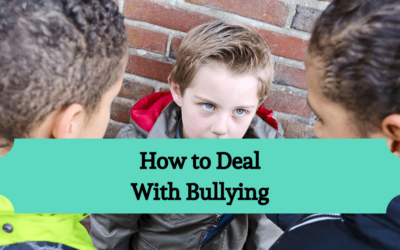
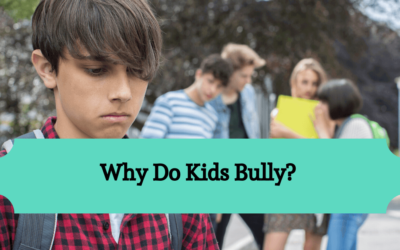
0 Comments